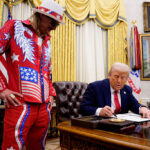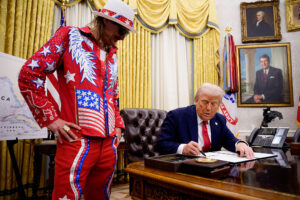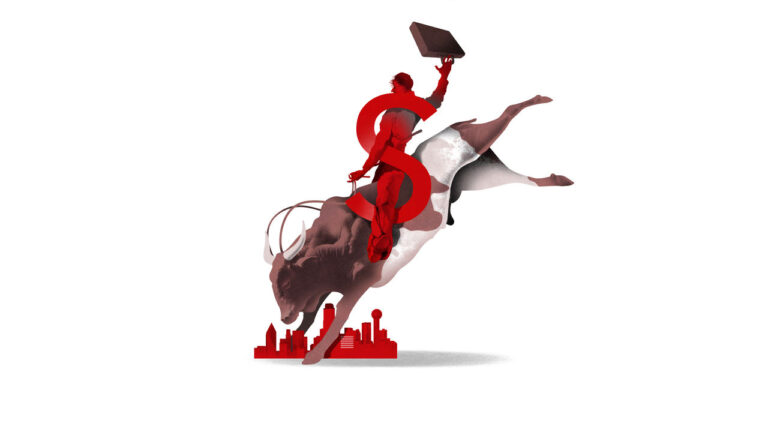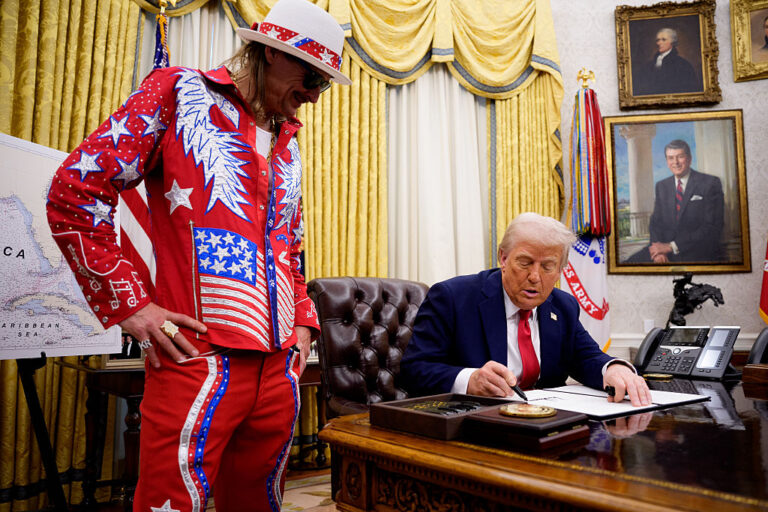Stock photography is synonymous with outdated and ridiculous gender stereotypes. There’s women laughing alone with salad – a viral meme that has morphed into women laughing alone with tablets – and the many shots of alpha men sitting at the head of boardroom tables or barbecuing steaks. The models in all these examples are usually white and extremely heteronormative. But stock photo companies are increasingly trying to reflect our current culture. In the past few years, Getty, Adobe and Shutterstock have all tried to break away from the clichés they’re known for reinforcing, especially as a new crop of stock photo startups focus exclusively on diverse images. Giants like Getty started with tackling female stereotypes, teaming up with Sheryl Sandberg in 2014 to create the “Lean In” collection, which shows women working in labs and hiking, no romaine lettuce in sight. Now the company is turning its lens on men by focusing on the theme of “Masculinity Undone.” Getty recently released a compilation of images that feature men parenting, hugging one another and looking pensive as they stare out windows. Launched in January, the photos include men of color, men with long hair, and men who are shirtless despite lacking well-defined pecs and biceps. “We’re trying to focus on imagery that represents a more complex version of manhood and a more gentle side,” Guy Merrill, Getty’s global head of art, told HuffPost. “We’re breaking away from stereotypes: the business leader, the absent father and buffoon … the lonely guy who doesn’t need any friends or community.” Shutterstock has created a “Modern Man” collection full of male nurses, gay couples and guys who love to garden, while Adobe is showcasing “The Fluid Self,” which includes photos of men wearing makeup, earrings and dressed in drag, as well as portraits of the transgender community. The shift comes amid an ongoing cultural conversation about what it means to “be a man.” There’s been a backlash against the type of aggressive, authoritative manliness embodied by President Donald Trump and white nationalists, along with a growing awareness that men struggle with mental illness and high suicide rates. Today’s hip young male celebrities are less macho in appearance and demeanor – think Timothée Chalamet and Harry Styles. Jay-Z talks openly about being in therapy, Jaden Smith wears dresses, and in every episode of “Queer Eye,” the Netflix makeover series, a man breaks down in tears. Advertisers have taken note: Last year Axe body spray launched a campaign called “Is It OK For Guys?” that tackles the vulnerabilities men are taught to suppress (Is it OK to be skinny? Is it OK to be depressed?). And Lululemon released videos of men talking about emotional strength. Stock photo companies say data, client feedback and cultural trends have pushed them to focus on changing definitions of masculinity and gender fluidity. In the past few years, Getty searches for “man meditation” went up by 126 percent, “man looking worried” by 100 percent and “gay dads” by 53 percent, according to the company. A recent Shutterstock survey found that 41 percent of U.S. marketers think it’s important to use images that reflect “modern day society.” “Younger people are getting into college and moving into the workforce and they have much more modern ideas about masculinity and femininity,” said Robyn Lange, Shutterstock’s curator. “There’s no longer buckets you place these [genders] into. It’s more of a spectrum.” In theory, stock photography is well-poised to help people think more progressively about gender. These images are ubiquitous, appearing on billboards and storefronts and in online articles and videos, where they are constantly tempting us to take out loans, travel to Hawaii and whiten our teeth. “People aren’t aware of how much stock they’re seeing every day, everywhere, on every platform,” said Brenda Mills, Adobe’s principal of creative services and visual trends. “And so it has a huge influence over people’s lives.” Raising the visibility of men with regular bodies being emotionally vulnerable or working in traditionally “female” jobs would allow them to become normal aspects of masculinity, rather than effeminate anomalies. “Part of what we need are images to help us create a new reality,” said Tristan Bridges, an assistant sociology professor at the University of California, Santa Barbara. “What would it look like if men and women didn’t have to wear different types of clothes or we didn’t have to imagine them in different types of jobs?” But Giorgia Aiello, an associate media and communication professor at the University of Leeds in England who studies stock photos, sees these diversity collections as “branding exercises” – a way to appear “cutting edge” rather than to truly change gender norms. “Although Getty images in particular tries to really confer a political kind of tone to what they are doing with stock photography, in the end the bottom line is purely commercial,” she said. “In some ways it is good they are doing it, but it’s certainly not going to really deeply affect their business model.” Stock photo businesses have little control over what their photographers shoot and how clients use those images. Getty and Shutterstock both have more than 200,000 contributors, ranging from iPhone amateurs to professionals, who all earn royalties every time their work is licensed. While companies send out reports detailing the type of shots they want – more men sitting in half lotus, please – once contributors have been accepted onto the platform, they can upload whatever images they choose, so long as they aren’t offensive or illegal. Getty’s “Lean In” collection, for example, represents just 0.01 percent of the company’s more than 190 million images. “If someone wants to shoot pictures of women eating salad, despite all the memes, we can’t stop them,” said Merrill, though he noted that Getty art directors are working directly with some of their professional contributors on “Masculinity Undone”-themed shoots. Stock photo companies also have no control over how clients use the photos. In 2007, Getty’s top-selling image for the search term “woman” was a half-naked woman lying on a bed. Now it’s a woman hiking a rocky trail. But Aiello said that doesn’t necessarily equal progress. She has found that photos from the “Lean In” collection most often appeared in “lightweight” lifestyle articles or articles on gender discrimination. “Quite a few of these images showing women as scientists were not used in general science journalism,” she said, “but in articles that talked about how difficult it was for women to have a career in science.” While it’s possible that images of diverse masculinity will be confined to pieces about fashion or the evolution of manhood rather than used to illustrate more general topics, Adobe’s Mills doesn’t think that’s a problem. Her “fashion and grooming” clients currently have the biggest appetite for non-stereotypical images of men, she said, because those photos help them reach a new market. But more companies have begun to show interest. “I’m surprised by some of the clients, who I thought might be more conservative, being incredibly open to this ‘Fluid Self’ trend,” Mills said. “They’re actually incredibly hungry for it.” Getty’s Merrill said that even if his customers aren’t begging for more nuanced photos of men, his team has a responsibility to push them in a more progressive direction. “It’s not simply our jobs to create the images our customers want – we also want to re-picture clichés for them,” he said. “This is where we need to be in a year or two. Our customers might not be there yet, but we know they are going to be. And we want to make sure they have the pictures and the imagery when that happens.”














